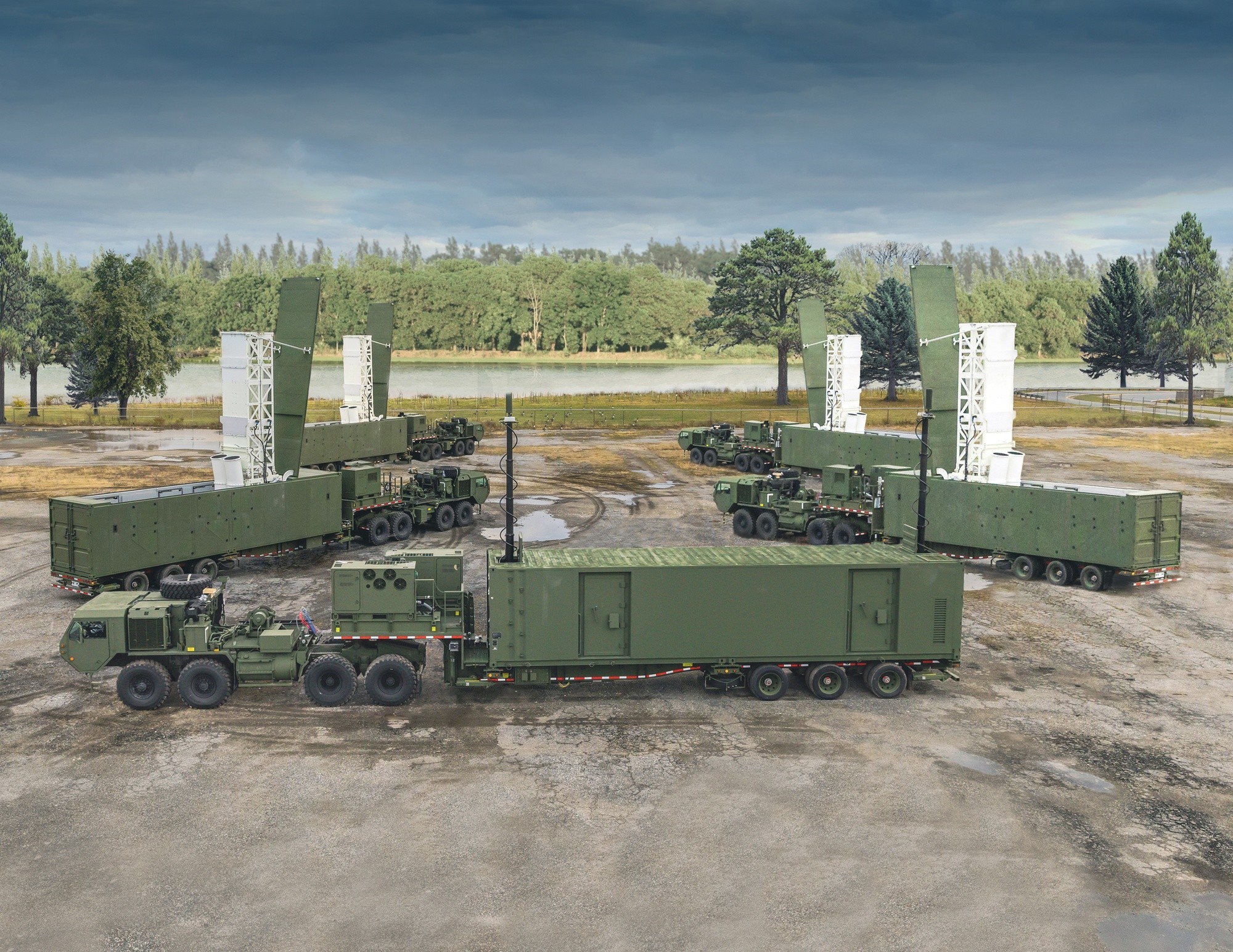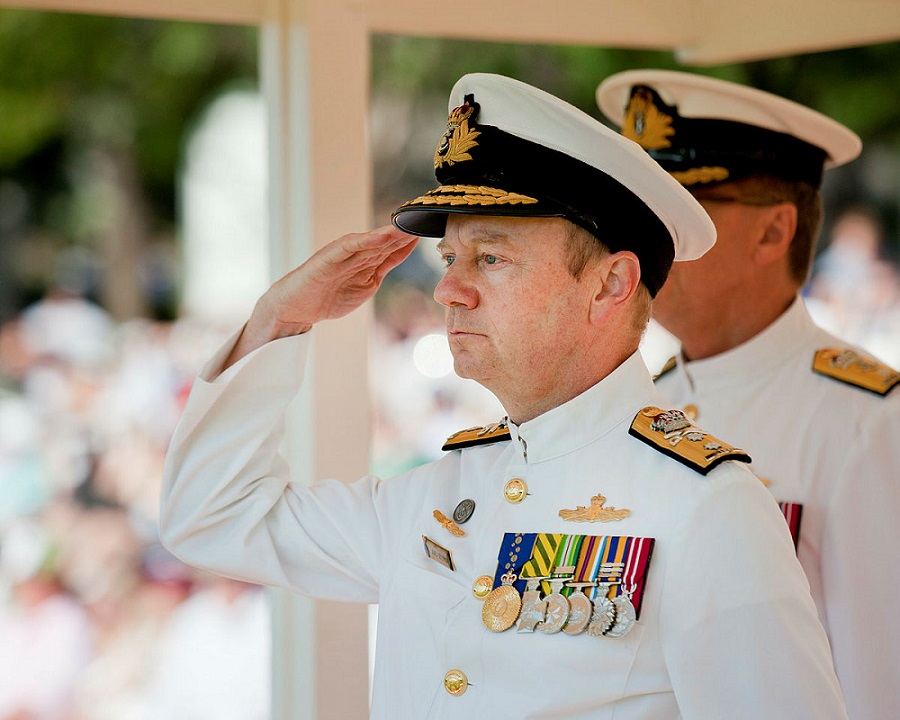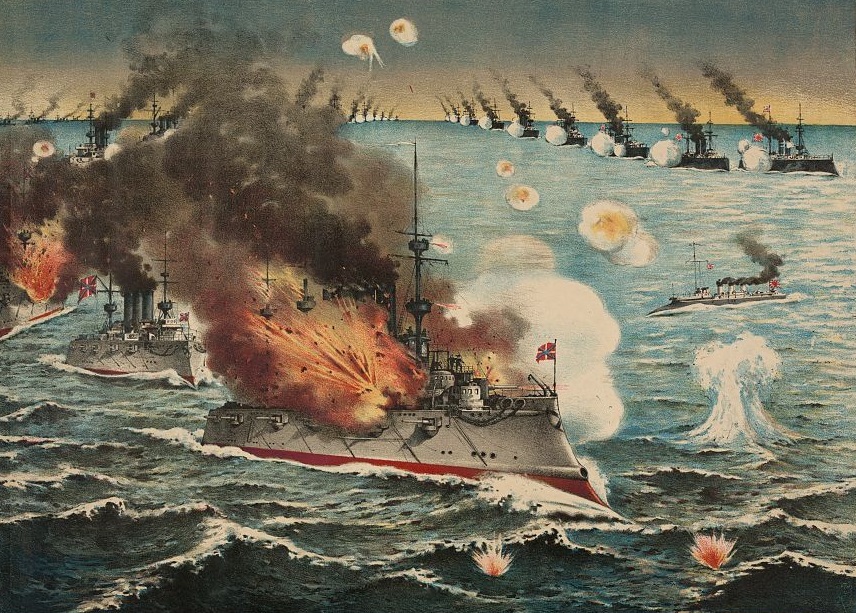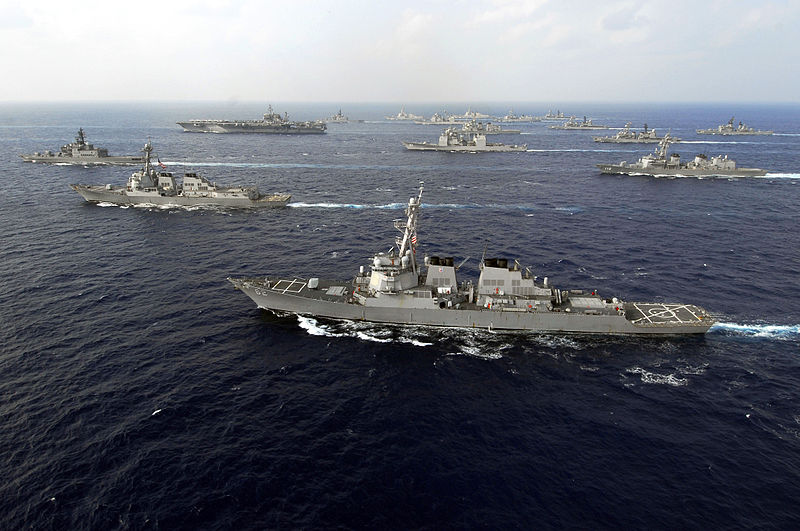Indonesia needs to improve its seabed warfare capability

Despite being the largest archipelagic nation in the world, Indonesia has weak seabed warfare capability. Improving it should be a priority for Jakarta.
As an archipelago of more than 17,000 islands, the country is uniquely reliant on seabed infrastructure and is therefore unusually vulnerable to disruption of its pipelines or cables. It has little ability to prevent or recover from damage to its seabed assets and lacks the hardware, skills and planning needed to cope with threats.
Moreover, many international undersea cables, some connecting continents, also pass through Indonesia’s waters, so the country’s capacity in seabed warfare has regional and global importance.
No disruptions to underwater infrastructure in and around Indonesia attributed to foul play have been reported so far. However, it is clear that risks are rising with the escalation of maritime disputes in the South China Sea and the rivalry between the United States and China. To imagine the risks, we need only consider the recent cutting of the Nord Stream pipelines and telecommunications cables under the Baltic Sea, evidently by Russia and perhaps with help from China.
In Indonesia, an underwater pipeline carries natural gas from Java to Singapore, while all of the populated islands rely on communications cables to connect them with each other and the world. Moreover, Indonesia operates an underwater power transmission line between Sumatera and the Bangka islands and plans to build an electricity grid that would connect all of the major islands.
The first and most urgent step for Indonesia in improving its seabed assets and preparing for any potential attacks is to acquire or upgrade vessels with more advanced underwater capabilities. Currently, Indonesia’s hardware supply is limited, comprising three submarines, whose sonars might be helpful, two mine countermeasures vessels acquired in the 1990s and a few oceanographic research vessels with such equipment as precision sonar array for seabed mapping and submarine drones.
Jakarta has put some priority in enhancing its subsurface capabilities in recent years. It has signed a contract to buy two Improved Scorpene-class submarines from France; is building two hydrographic survey vessels with advanced subsurface capabilities in collaboration with Germany; acquired a submarine rescue ship designed for deep-sea diving and salvage operations; and taken delivery of two patrol vessels of the Paolo Thaon Di Revel class, designed to be equipped with underwater capabilities, such as sonar. Additionally, it has recently commissioned two newly-built mine countermeasures vessels from Germany.
This collection of ships is still small compared with scale of underwater infrastructure for such a country. The needs of an archipelago justify spending more, especially when potential losses from disruption are considered.
Indonesia must also develop skills in protecting and repairing seabed infrastructure. Its sailors do train in hunting and destroying sea mines, including capabilities that have some value in relation to underwater civilian assets. But there is no record of Indonesia’s navy or any Indonesian maritime security agency conducting specific exercises in, for example, finding and fixing broken seabed cables.
The government should start specific training and expand the scope mine-countermeasures training accordingly. It could, for example, enlarge the regular Indonesia–Singapore bilateral mine-countermeasure (MCM) and clearance diving exercises. It should also take advantage of defence cooperation with countries such as Australia, Japan, France and the US to hold joint exercises on seabed warfare.
Lastly, Indonesia should create a seabed security strategy that will guide long-term improvements to its seabed warfare capabilities. For this, the government will need to perceive the importance of seabed infrastructure and identify the threats to it. It must also assess current capabilities so it can determine what kind of hardware, training and operational procedures are necessary to safeguard the seabed assets. Finally, the strategy should outline the measures needed to achieve these goals.
In developing such a strategy, Indonesia would need to learn from other countries. This can be done through personnel exchanges, visits and other forms of defence cooperation. Exercises can help in this regard, too.
Ultimately, it is essential for Indonesia to develop a comprehensive seabed security strategy that focuses on threat assessment, capability enhancement and operational procedures. By learning global best practices and fostering defence partnerships, Indonesia can better protect its vital seabed assets and contribute to both regional and international security.






